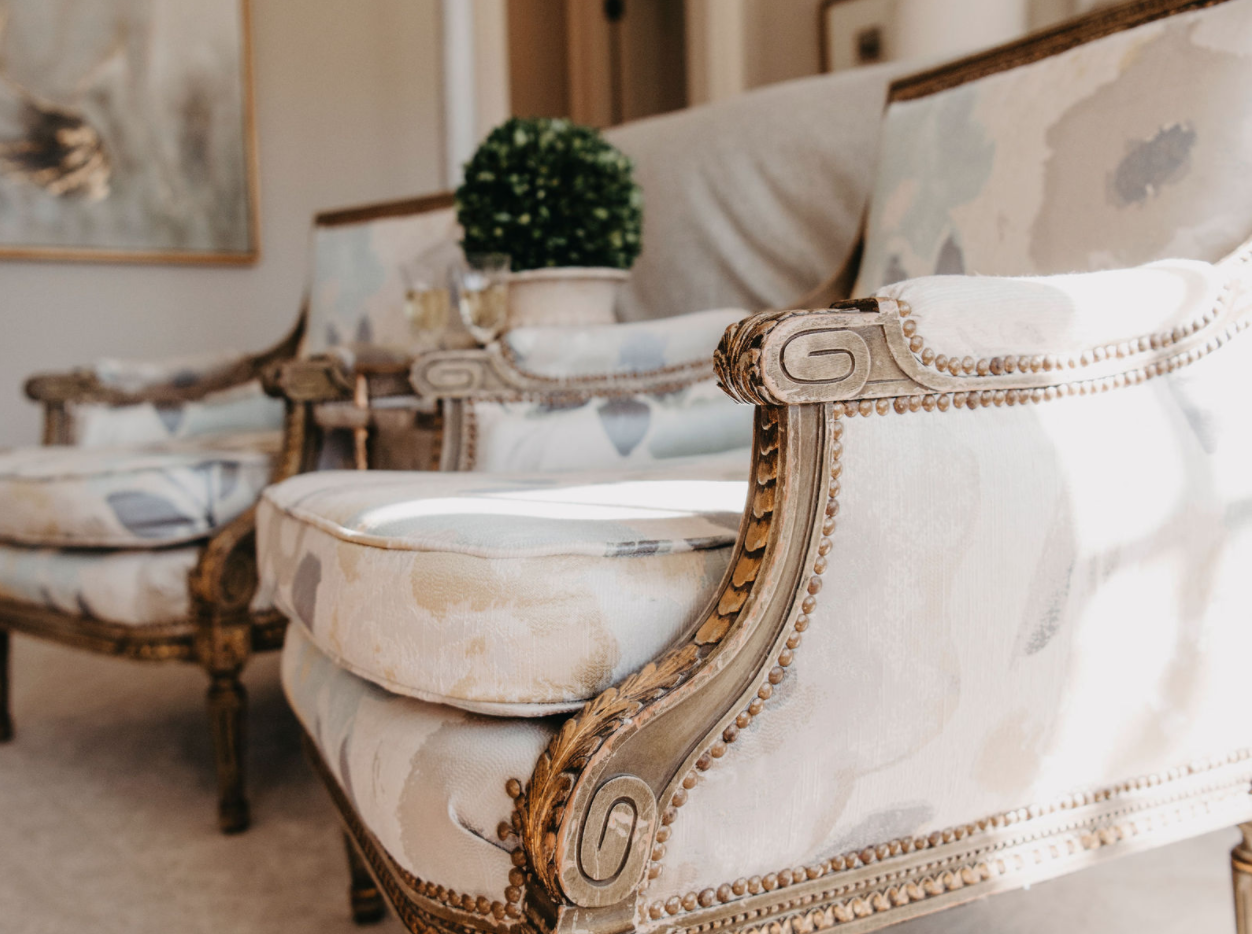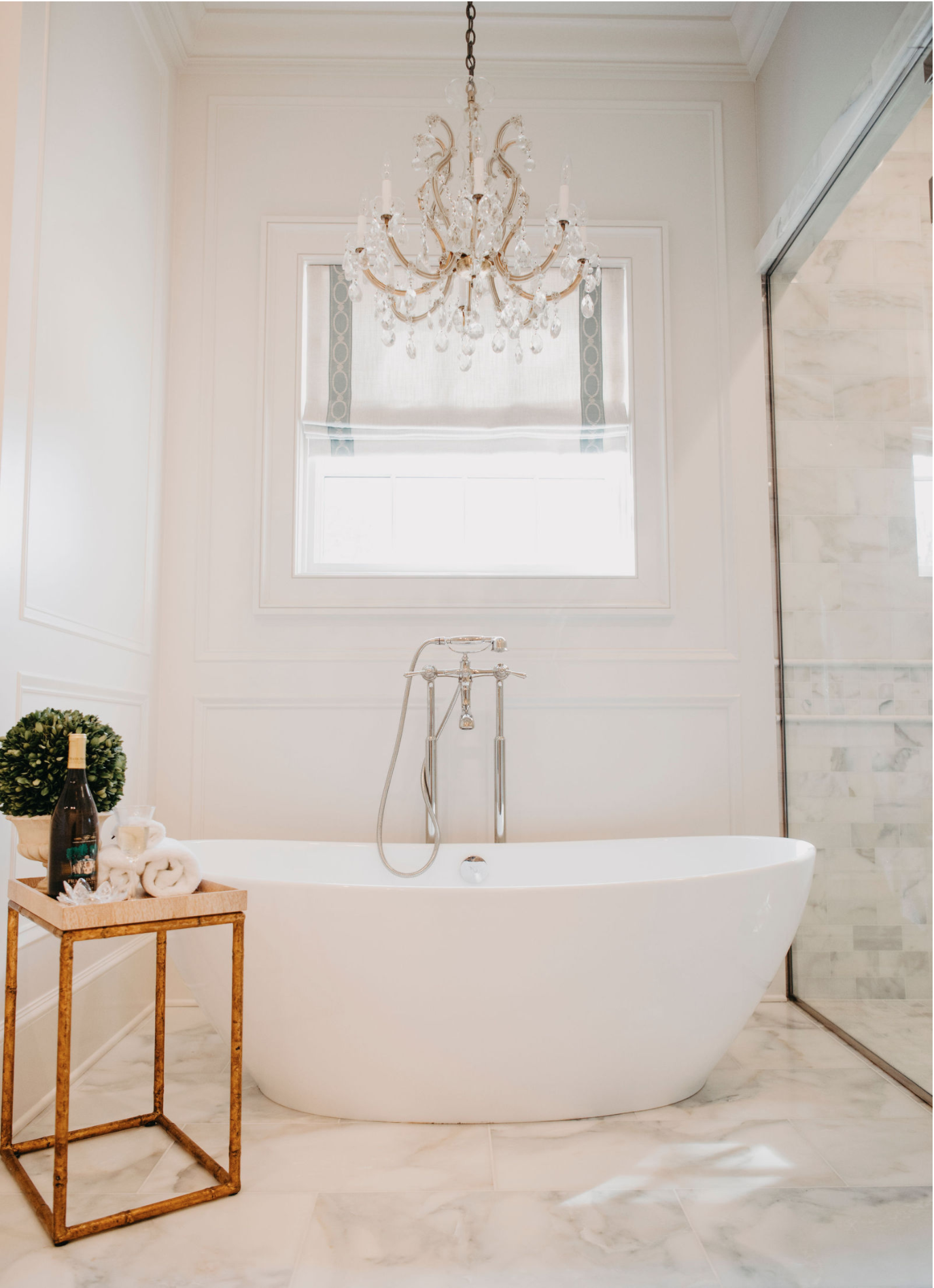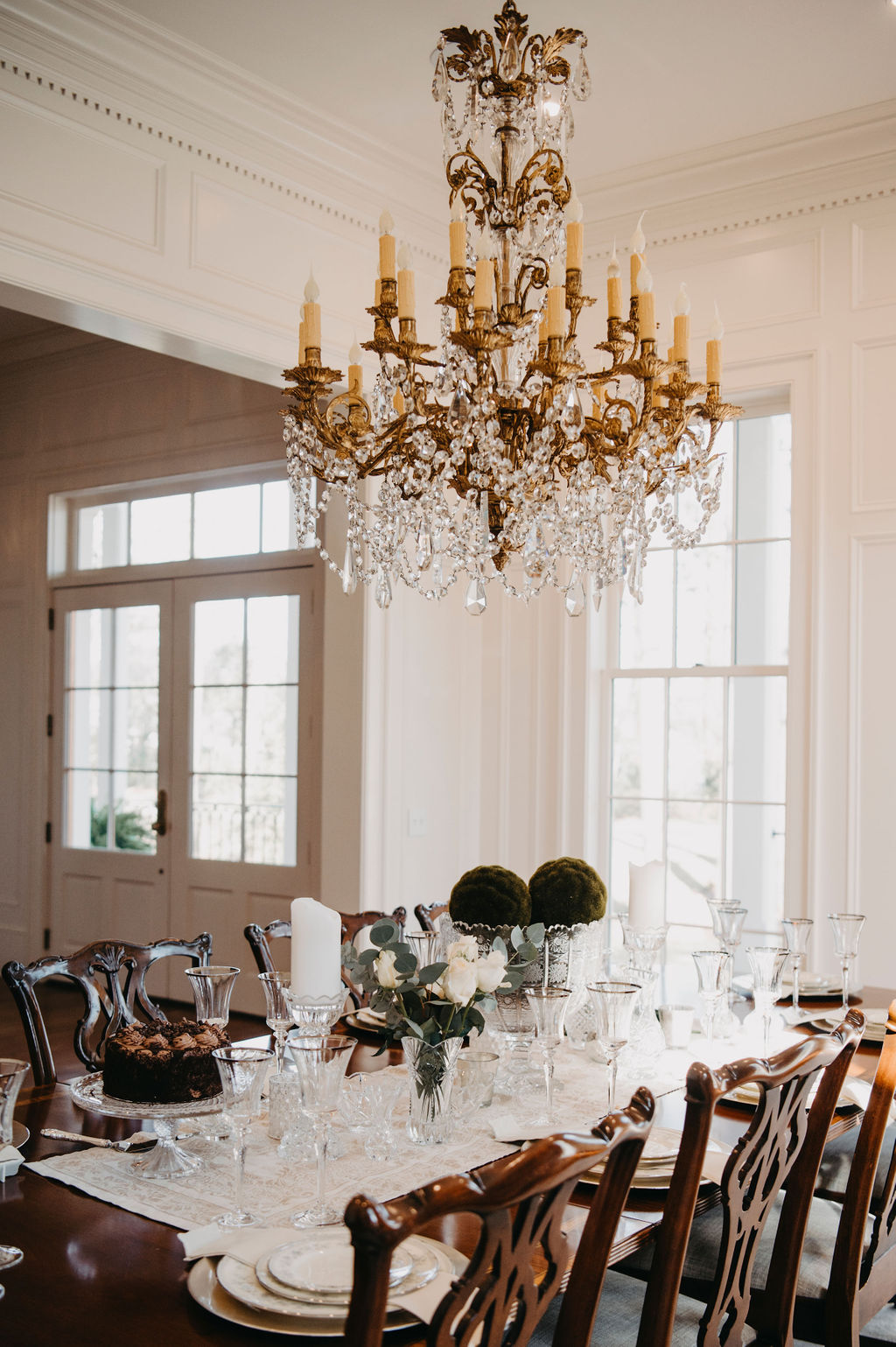
How to bring the “granny chic” trend into your home—and into the 21st century
There’s a new trend on the rise. Well, maybe new isn’t the right word. As more and more people look to past generations for design inspiration, plenty of trends we might’ve thought were gone forever are making a comeback. This time around, it’s all about the familiar, the nostalgic and the floral.
Within the past year, “granny chic” has started to grace homes again with its signature style of chinoiserie wallpaper, chintz patterns and vintage furniture. While some of us might wince at the sight of a needlepoint pillow, interior designer Laura Cedor is here to show us how to incorporate these elements into your home without taking you back to 1967.
“Lots of people these days are wanting to incorporate items from their family history as accent pieces in the home,” says Cedor. “For instance, a good chest from their grandparents’ generation makes a statement, but it also has sentimental value that is important to clients. It’s nice to be able to use pieces that have some sort of personal meaning to the homeowner, so adding these old pieces make the whole design more custom.”

When asked by a client how to to incorporate an heirloom dining table, for example, Cedor chose to balance the dark and heavy piece with white chairs to bring lightness to the space.
“Not everything from the past is as clunky and traditional as you might think,” she says.
Then there’s the quintessential element of the “granny chic” style we all know so well: wallpaper. If you remember anything about your grandmother’s wallpaper, you may be shocked to learn that those intricate patterns are once again rising in popularity. But fear not. Cedor assures us that the decorative concept has come a long way and can actually add a hint of femininity to a room.
“Wallpaper is almost a must-have these days,” says Cedor. “You can find gorgeous wallpapers showcasing more muted florals, and I know a lot of people who are using textured papers for dining rooms, or above wainscoting.”
Before you fall madly in love with a print and plaster it all over the walls, though, consider a print that will complement any existing artwork. “Going with a lighter floral or a lighter pattern will help you keep the scale of a wall and its other accents in check,” explains Cedor.
If you’ve been passed down an unattractive painting with a striking frame, or vice versa, Cedor encourages a simple update to the part you like least, so that some of the heirloom can still shine. For Cedor, that once came in the form of a wooden piano passed down to her mother, who was looking to give it away. What might’ve been seen as a nuisance actually ended up being the perfect entrance piece Cedor was looking for in her home. It was beautiful, yes, but it also meant something.

Passing through your grandmother’s home, you may have noticed the fine china that sat in those glass shelves gathering dust. But these days they can serve more illustrative purposes in a home.
“You can display beautiful silver trays or old china on walls or in butler’s pantries,” says Cedor, “so you can still see those parts of your family history out in the open.”











